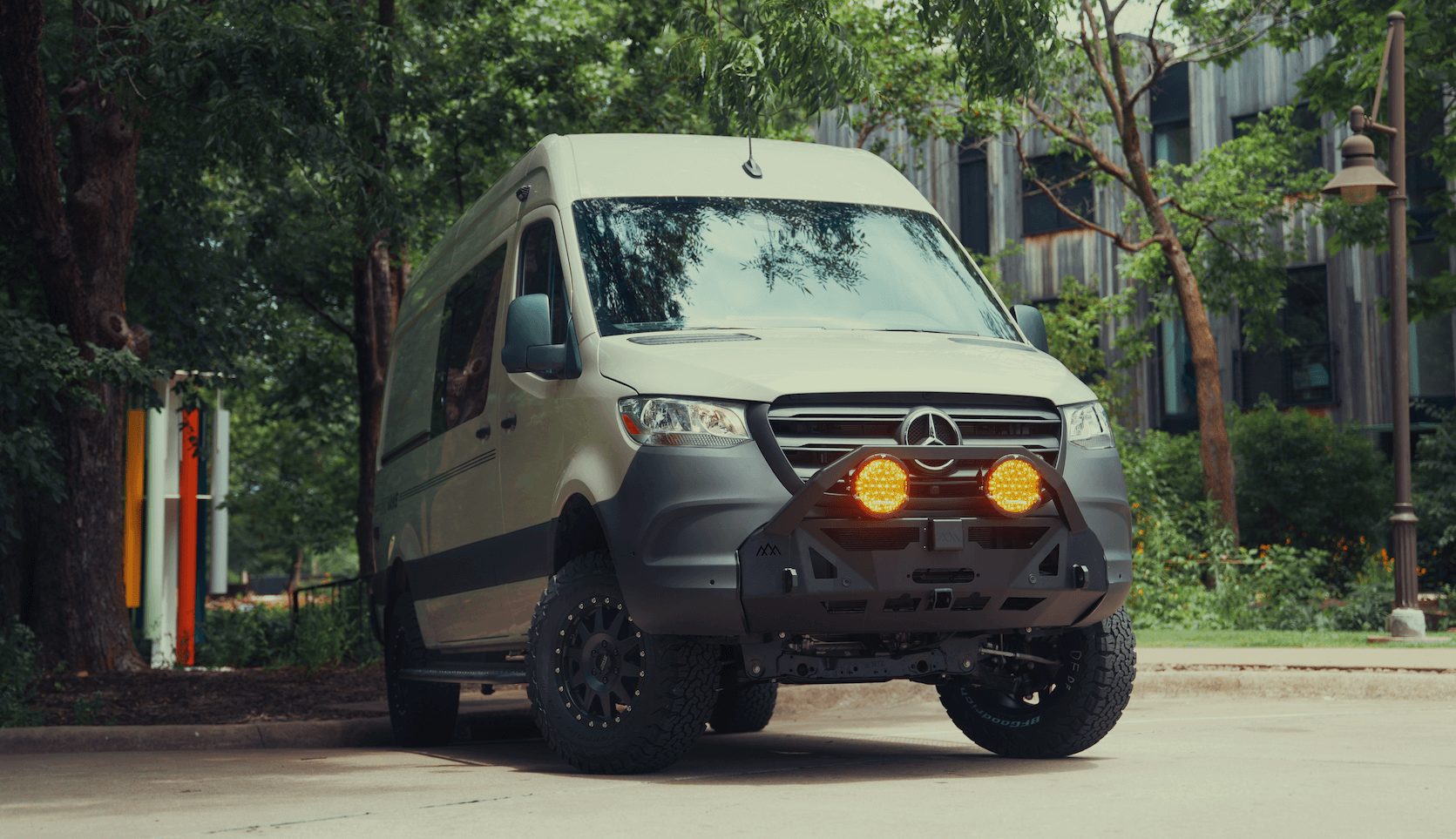Recreational Vans

Modern builds ask more from a charging system than the factory intended. Large inverters, air conditioning at camp, winches, auxiliary lighting, fridges, and heated gear can outpace stock output. If your lights dim at idle, your voltmeter sags under load, or your house bank lingers at partial state of charge, an upgrade is worth evaluating.
Common triggers include switching to a sizable lithium battery bank, running a high draw inverter, or spending long stretches at idle. Lithium chemistry accepts higher charge current for longer, which exposes the limits of a stock alternator and small gauge wiring. Overlanders and van travelers benefit most, since remote travel and engine idle charging are routine.
Other flags:
Start with a load map. Add continuous draws like refrigeration and lighting to intermittent bursts like induction cooking or winching. Consider duty cycle at idle versus cruise. A practical rule is to size alternator output to cover essential loads while still delivering a healthy charge rate to the house bank without overheating.
AGM prefers lower current relative to capacity and a staged charge profile. Lithium can accept higher current but requires precise voltage control and temperature awareness. Smart regulation and proper set points protect both chemistries and shorten charge time.
If you often charge at camp with the engine running, you need strong output at idle and excellent belt grip. Highway commuters may be fine with a slightly lower rating because higher rpm boosts output.
A high output alternator is only part of the system. Think of the upgrade as charging supply plus wiring plus regulation plus thermal management. Each piece must align with the others.
Core elements:
Many late model vehicles use smart alternators that vary voltage for fuel economy. Pairing them with a DC to DC charger ensures a stable charge profile to the house bank. In heavier builds, an external alternator regulator with temperature sensors can hold precise voltage while protecting the alternator from thermal overload.
Dual alternators split the load. One can remain dedicated to chassis while the second feeds the house bank. This approach reduces stress and isolates critical vehicle systems. It also provides redundancy for travel far from help.
Higher output raises mechanical load. Inspect pulley alignment, belt condition, and tensioner health. Consider a slightly larger pulley to manage alternator rpm at highway speed, or improved cooling shrouds and airflow to keep temperatures in check during long idle sessions.
A thorough service begins with an energy audit and battery specs. The technician will measure voltage drop under load, inspect factory wiring paths, and identify pinch points or undersized grounds. From there, they will propose alternator output, regulation strategy, cable sizes, and fuse ratings tailored to your rig.
Expect these steps:
Quality parts and clean wiring reduce noise, keep voltages steady, and extend component life. A proper upgrade should deliver faster recharge times, reliable idle charging, and lower stress on batteries and cables. The result is more time enjoying camp and less time babysitting a voltmeter.
OZK Customs integrates alternator upgrades into van and overland builds so your charging system matches the rest of your power architecture. Our team designs around your battery chemistry, inverter size, and expected duty cycle, then installs and tests the complete package. Whether you need a smart regulated solution or a dedicated alternator for a large house bank, we fit the system, route protection, and validate performance before handoff in Fayetteville.
Ready to size the right alternator for your rig and travel plan? We can specify output for idle heavy use, pair the correct regulator or DC to DC unit, and upgrade cabling and protection so the system runs cool and consistent.
Bring your van or truck to OZK Customs for an alternator upgrade service that keeps pace with real world power demands. We build and validate charging systems that protect batteries, reduce voltage drop, and shorten recharge time. Tell us how you camp, what you power, and where you go, and we will engineer a charging plan that just works.
Related pages:
Ready to add real charging muscle to your build? OZK Customs designs and installs alternator upgrades that pair perfectly with your power system. Tell us about your rig, batteries, and use case, and we will spec, install, and test a solution that charges hard and protects your gear. Start your upgrade today.
ADDRESS:
6159 E Huntsville Rd, Fayetteville, AR 72701
PHONE:
(479) 326-9200
EMAIL:
info@ozkvans.com